Reasons Why Red Barberry Is The Best Shrub For Your Landscape
Title: Reasons Why Red Barberry is the Best Shrub for Your Landscape
Introduction:
Barberry shrubs are a popular choice for gardeners for many reasons. They are hardy, low-maintenance, and come in a variety of colors and sizes. Red barberry is one of the most popular varieties, and for good reason. It is known for its bright red foliage, which provides a splash of color in the landscape. Red barberry is also deer-resistant and thorny, making it a good choice for areas where you need to discourage animals from entering.
In addition to its aesthetic appeal, red barberry also has a number of other benefits. It is a good source of food for birds and butterflies, and it can help to attract pollinators to your garden. Red barberry is also drought-tolerant and can withstand a variety of soil conditions.
If you are looking for a versatile and easy-care shrub for your landscape, red barberry is a great option. It is a beautiful plant that can add both color and function to your outdoor space.
Main Content:
Here are some of the reasons why red barberry is the best shrub for your landscape:
- Hardy and low-maintenance. Red barberry is a hardy shrub that can tolerate a wide range of climates and soil conditions. It is also relatively low-maintenance, requiring only occasional watering and pruning.
- Variety of colors and sizes. Red barberry comes in a variety of colors, including red, yellow, orange, and purple. It also comes in a variety of sizes, from small shrubs to large hedges. This makes it a versatile plant that can be used in a variety of landscape settings.
- Deer-resistant and thorny. Red barberry is deer-resistant and thorny, making it a good choice for areas where you need to discourage animals from entering. The thorns also make it a good choice for use as a barrier or hedge.
- Attracts birds and butterflies. Red barberry is a good source of food for birds and butterflies. The bright red berries are especially attractive to birds, and the flowers attract butterflies.
- Drought-tolerant. Red barberry is drought-tolerant, making it a good choice for areas with hot, dry summers.
Conclusion:
Red barberry is a versatile and easy-care shrub that can add both color and function to your landscape. It is hardy, low-maintenance, and comes in a variety of colors and sizes. Red barberry is also deer-resistant and thorny, and it attracts birds and butterflies. If you are looking for a shrub that can do it all, red barberry is a great option.
Red barberry is a beautiful and versatile plant that can be used in a variety of ways. It is known for its bright red berries, which can be used to make jams, jellies, and pies. Red barberry can also be used as an ornamental plant, as it has attractive foliage and flowers. If you are interested in learning more about red barberry, please visit Home Gardening.
FAQ of red barberry
- What is red barberry?
Red barberry is a deciduous shrub that is native to Asia. It is known for its bright red berries, which are edible but tart. Red barberry can grow up to 6 feet tall and wide, and it has spiny branches that make it a good barrier plant.
- Is red barberry invasive?
Yes, red barberry is considered an invasive species in many parts of the world. It can spread quickly and outcompete native plants, and it can also harbor pests and diseases. If you are considering planting red barberry, it is important to check your local regulations to see if it is prohibited.
- How do I plant red barberry?
Red barberry is relatively easy to plant. Choose a site that receives full sun to partial shade and has well-drained soil. Dig a hole that is twice as wide and as deep as the root ball of the plant. Backfill the hole with soil, tamping it down gently. Water the plant well and mulch around the base to help retain moisture.
- How do I care for red barberry?
Red barberry is a relatively low-maintenance plant. It requires regular watering, especially during hot, dry weather. Fertilize the plant in the spring with a balanced fertilizer. Prune the plant in the spring to remove dead or damaged branches.
- What are some pests and diseases that affect red barberry?
Red barberry can be affected by a number of pests and diseases, including:
* Aphids: Aphids are small, sap-sucking insects that can cause leaves to curl and yellow. They can be controlled with insecticidal soap or neem oil.
* Japanese beetles: Japanese beetles are large, metallic green beetles that can defoliate plants. They can be controlled with insecticidal soap, neem oil, or a pesticide labeled for Japanese beetles.
* Powdery mildew: Powdery mildew is a fungus that causes a white, powdery growth on leaves. It can be controlled with a fungicide labeled for powdery mildew.
- How can I use red barberry?
Red barberry can be used in a variety of ways, including:
* As a hedge or barrier plant: Red barberry's spiny branches make it a good choice for a hedge or barrier plant. It can be planted in rows to create a dense barrier, or it can be used to define borders or walkways.
* As an ornamental plant: Red barberry's bright red berries and colorful foliage make it an attractive ornamental plant. It can be planted in flower beds, borders, or even as a specimen plant.
* As a food source: Red barberry's berries are edible, but they are tart and must be cooked before eating. They can be used to make jelly, jam, or wine.
Image of red barberry
10 different images of red barberry that are free to use:
- Branch of ripe red barberry after a rain with drops of water.

- Fresh juicy organic barberry on branch with green leaves.
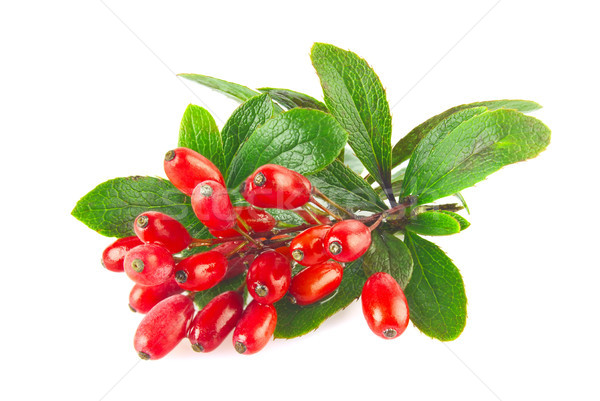
- fresh barberry with leaves isolated on a white background.

- Barberry. Ripe barberries on branch with green leaves.
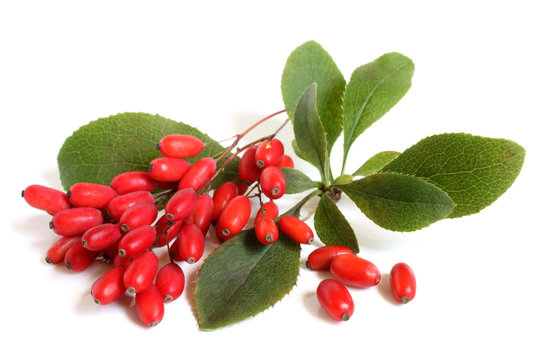
- Barberry with leaves isolated on a white background.

- Red barberry berries on the tree.
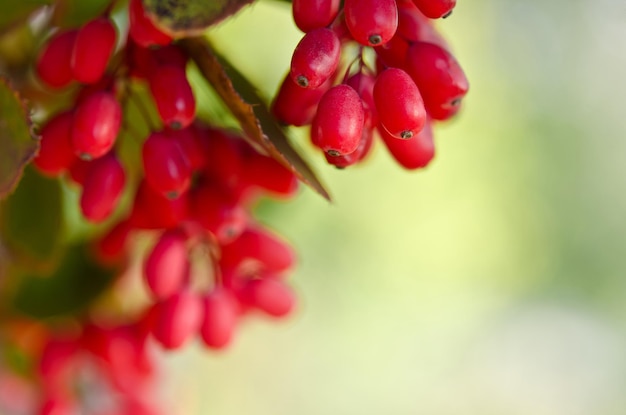
- ripe barberries in wooden bowl, on table, on yellow background.
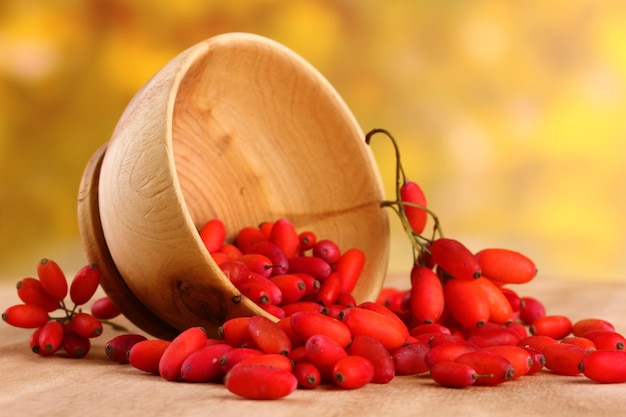
- Beautiful branch of barberry flowers with violet leaves closeup on blurred green floral background.
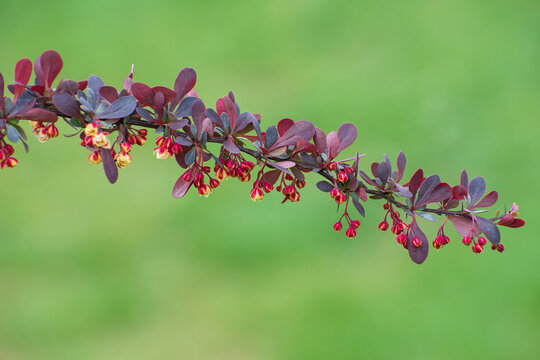
- Branch of barberry. Autumn landscape. Red berries of barberry on branch. Natural background. Autumnal colors.
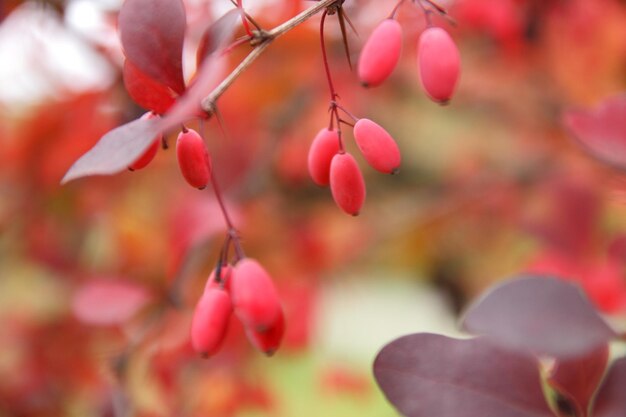
- Dried barberry. Herbs and spices in Grand Bazaar in Tabriz. East Azerbaijan province. Fruits and leaves of the ornamental japanese barberry (Berberis thunbergii).
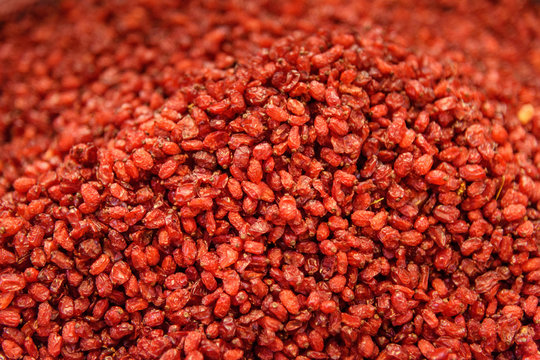
Post a Comment for " Reasons Why Red Barberry Is The Best Shrub For Your Landscape"